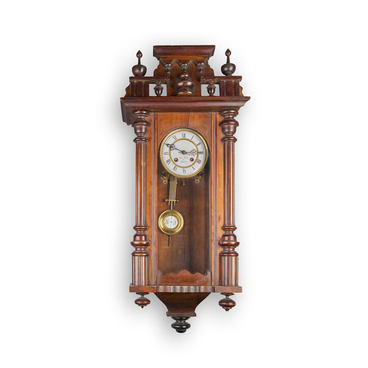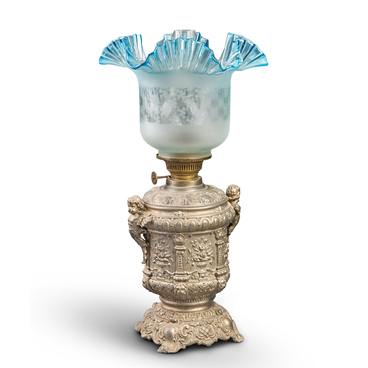The high density of buildings in certain parts of Belgorod in the 19th century caused concern among the city authorities. A single ember from the oven falling onto the floor of a hut could initiate a major fire, destroying entire streets. In this regard, the fire brigade was equipped with new firefighting equipment. A complete set of fire brigade equipment was formed.
A significant event in the life of the district town was the construction of the urban water supply system in 1870, delivering water not only to the houses of townspeople but also to 45 city fire hydrants. By that time, previous firefighting technologies and means had become hopelessly outdated. Most private and city buildings were made of stone and roofed with iron, and in the event of a fire, the most effective way to extinguish it was flooding the structure through windows and doorways.
Mutual fire insurance in the city was conducted according to the “Regulation on Mutual Insurance” approved by Alexander II in 1861. In order to control the fire safety conditions and compensate losses to the fire victims, in 1899, the Belgorod Mutual Fire Insurance Society was registered in the city. The society conducted explanatory work among homeowners about the benefits of property insurance, offering citizens preferential loans to purchase fire-resistant building materials. Subsequently, several branches of insurance companies offering a wide range of insurance services appeared in Belgorod.
The Municipal Mutual Fire Insurance Society of Property was located on the central street of the city in a two-story building. This same building housed the city administration, Nikolai Chumichev’s Public Bank, public library, district treasury, and archives.
A person who insured their property received a
certificate, and a metal sign was attached to the exterior wall of their house.
In the event of a fire, this sign served as proof that the house was insured.
It also acted as an advertisement to the insurance company. The homeowner,
whose house was insured, received compensation for the restoration of their
property. Insurance societies placed their signs on residential and
institutional buildings.


